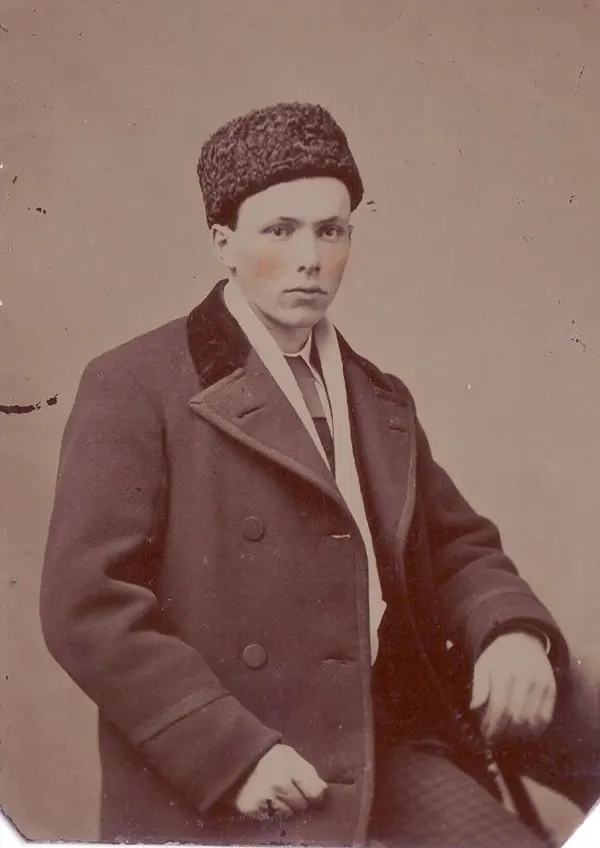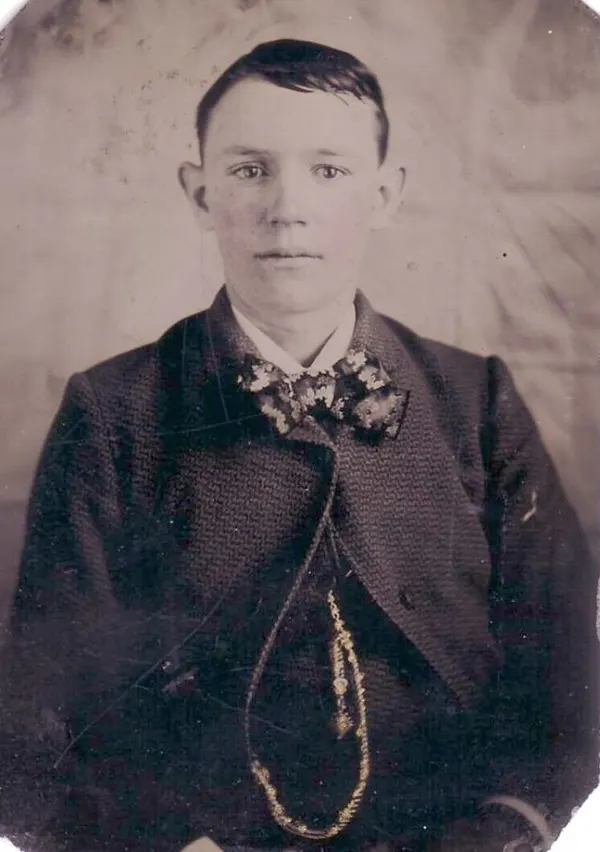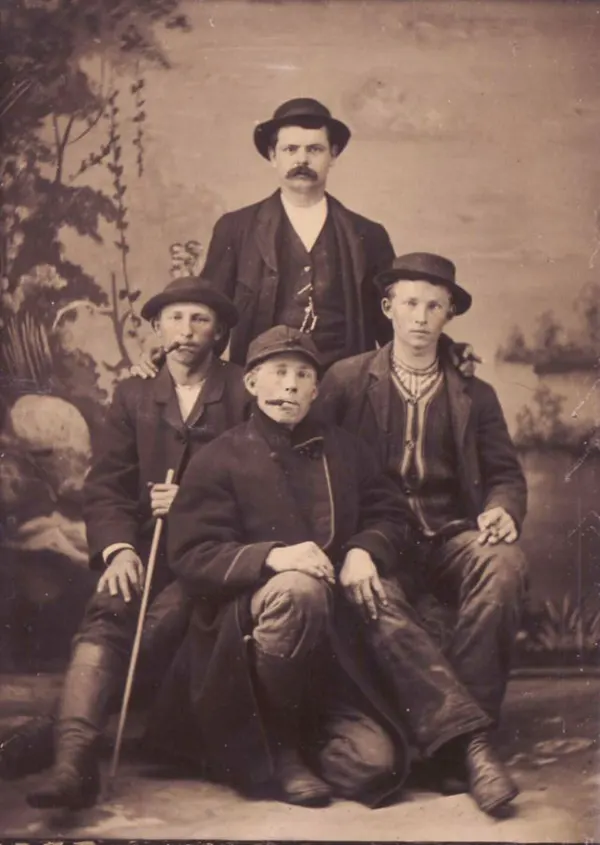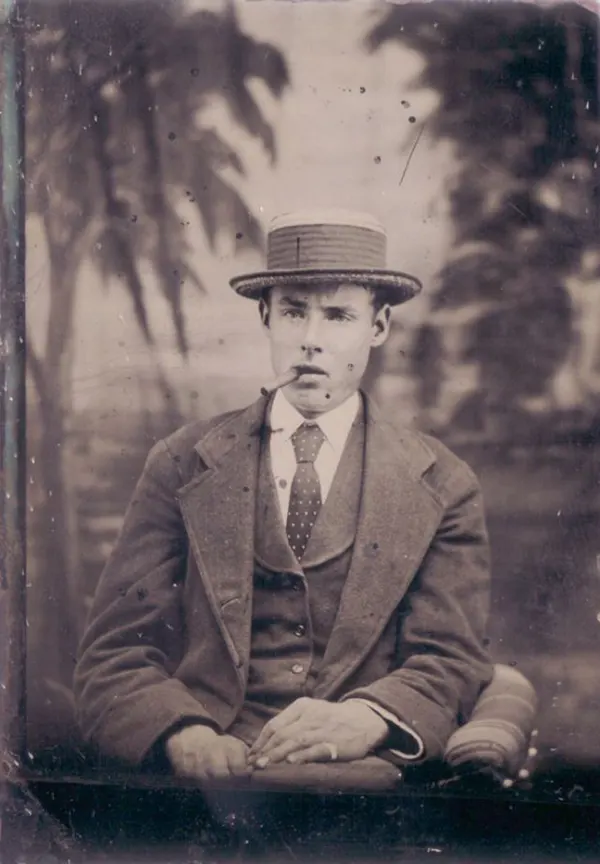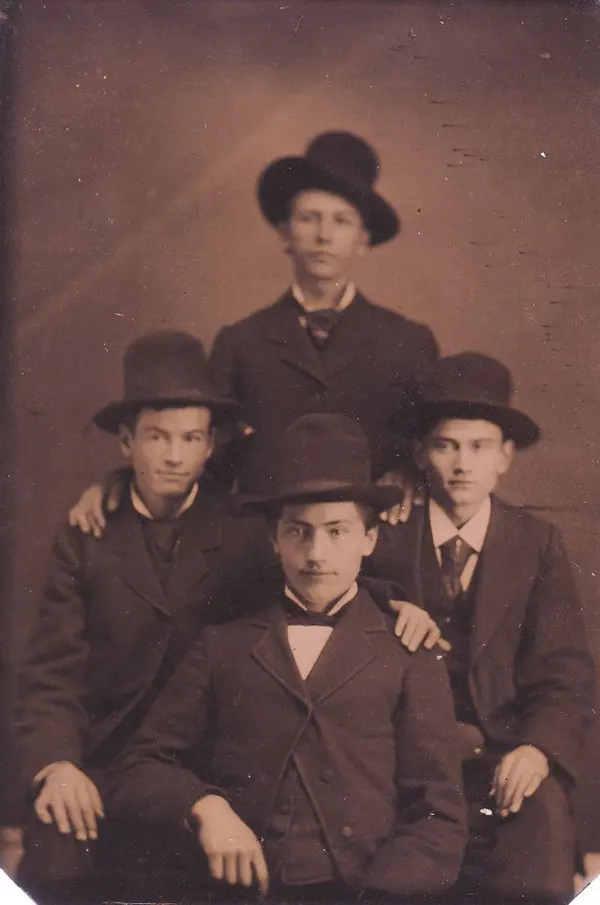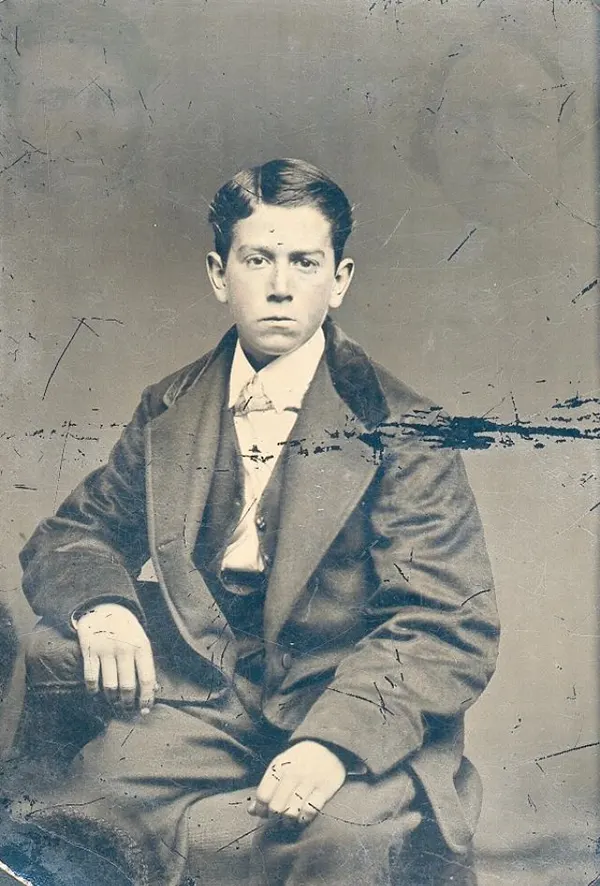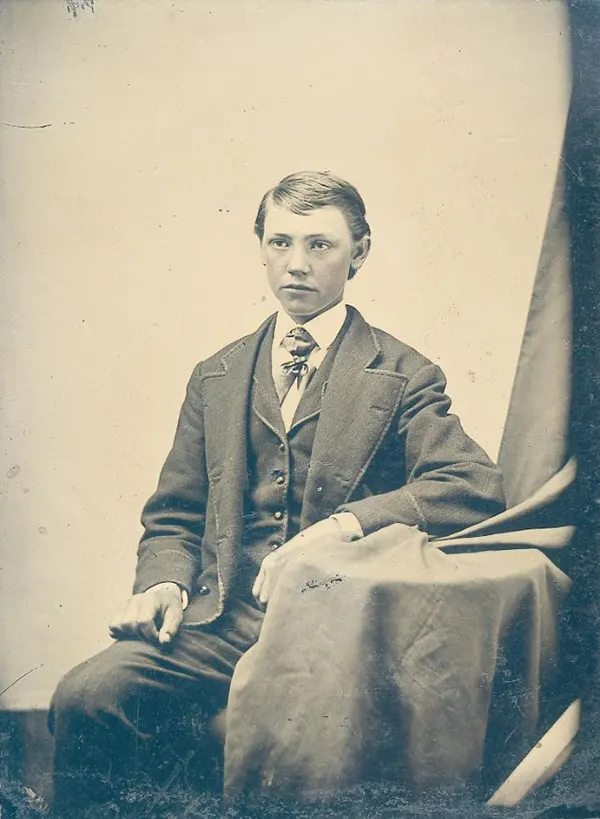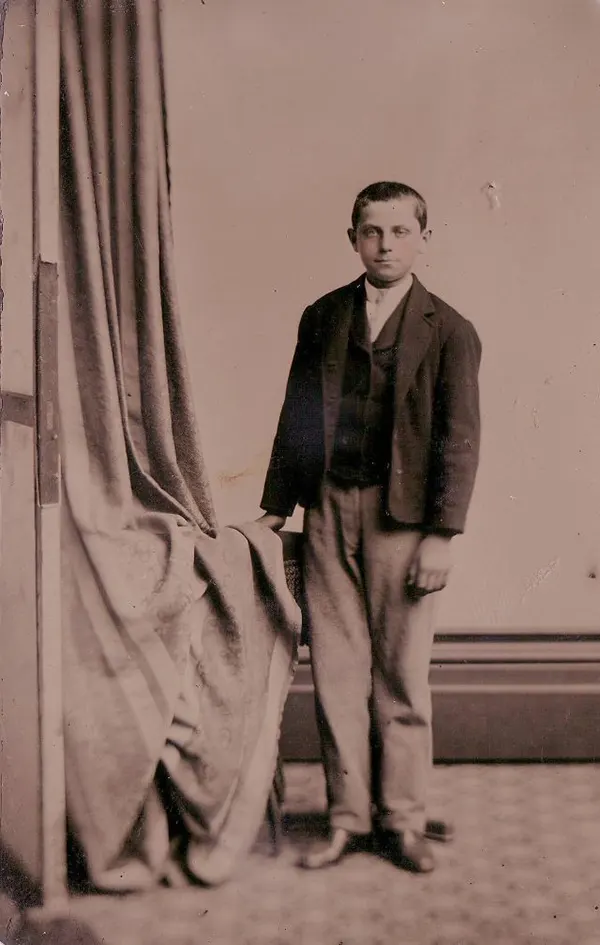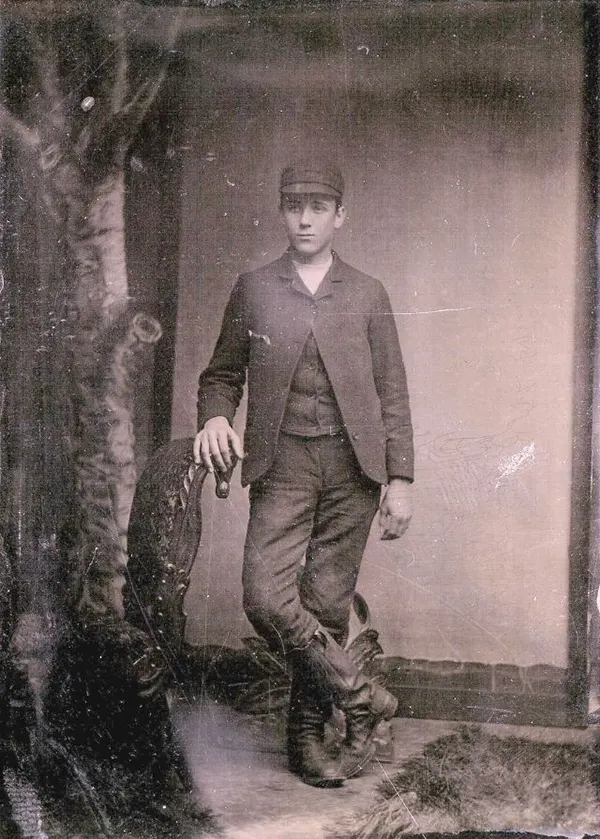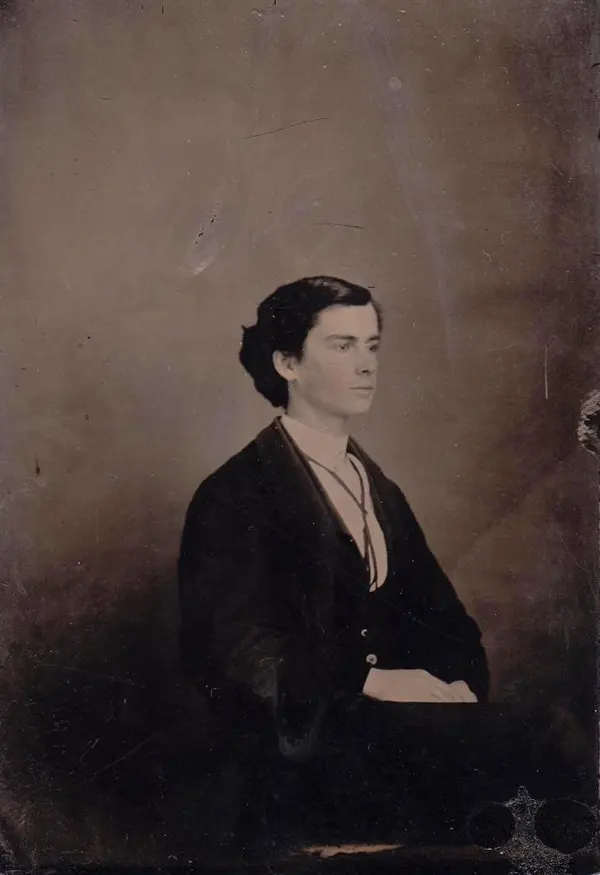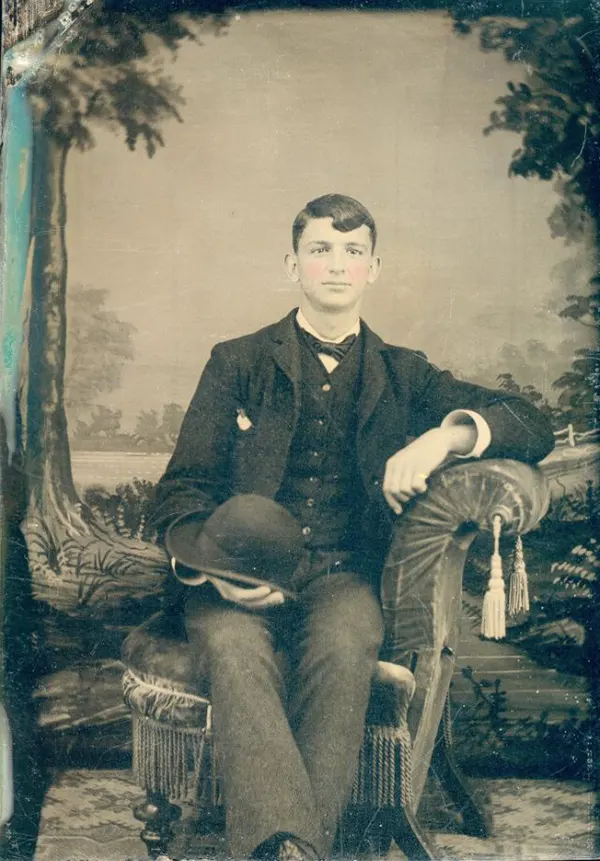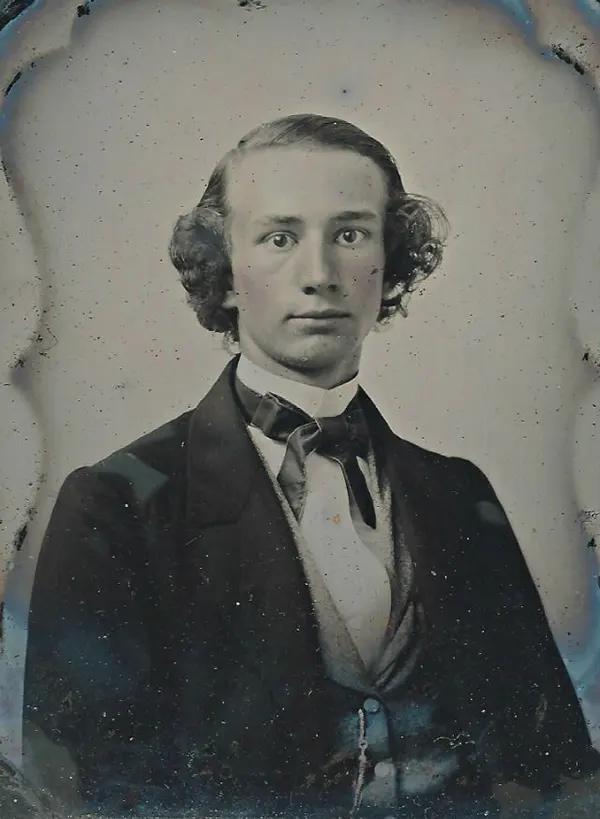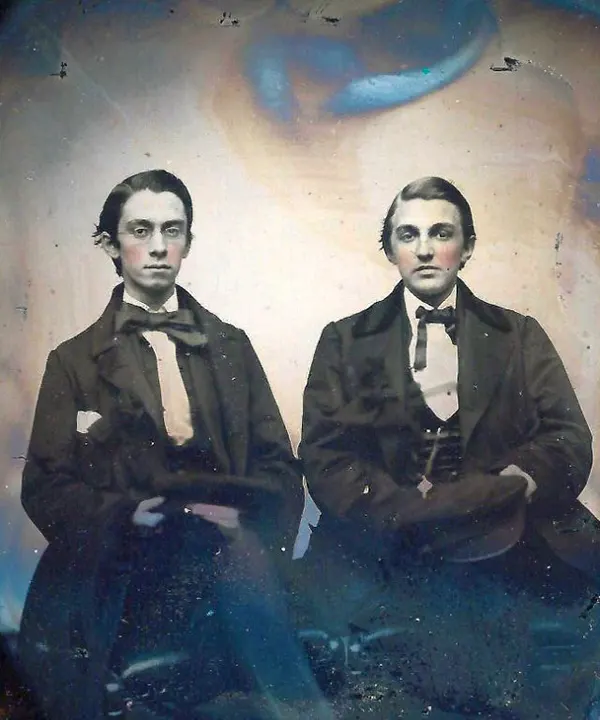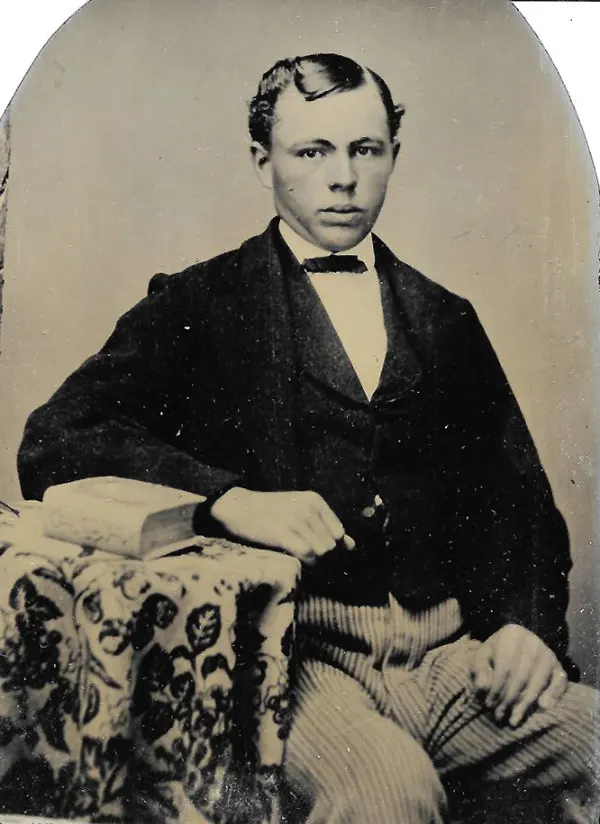As outdoor wear, the Victorian period men would use a coat or cloak. Sometimes, they could have two to three various garments for different occasions. While one garment was usually dominant for the general occasion, others were generally kept for special events. Among the garments, the form of trousers hardly survived the period while the waistcoat survived in large quantities. Earlier in the Victorian era, breeches were just disappearing while trousers had just become a relevant outfit. Also, there were the pantaloons, a tight-fitting garment that used to reach the ankle or calf. It can be said that the basic feature of Victorian men’s clothing was clean and basic lines, the use of dark color, and a detailed work of the costume. Along with the coat, men also wore waistcoats or vests. These vests could be single or double-breasted. There were different kinds of fashion for morning and evening wear. For the morning purposes, men wore a morning coat with light-colored trousers and in the evening, a dark coat with trousers was preferred. The tall hat from the late 18th century was still worn and developed into the top hat which was worn for day and formal dress throughout the 19th century. Hair was carefully styled into a windswept look or worn short and curled. Men wore boots that were fastened either with buttons and hooks or with laces. Some of these boots had elastic or “spring” siding to help make putting them on easier. Boots typically had pointed, narrow toes with detailing at the edges, at least for the more well to do. Many men would also decorate their boots by covering them with spats. Socks, or “hosiery”, came with ribbed tops and almost as many patterns as current male dress socks. Men wore brown leather gloves, sometimes black, that were buttoned at the wrist. Gloves were customarily worn at all times, but gloves intended for winter use were often lined with fur. Watch chains were also common, and worn across the waistcoats. By the end of the 1880s, men had started wearing the newly introduced blazers for outdoor activities like sports, sailing, etc. Men usually kept their hair short and had pointed beards and generous mustaches. Overall, it can be said that men’s clothing was formal and comparatively, few changes were brought in men’s fashion. In the history of the United Kingdom and the British Empire, the Victorian era was the period of Queen Victoria’s reign, from 20 June 1837 until her death on 22 January 1901. The era followed the Georgian period and preceded the Edwardian period, and its later half overlaps with the first part of the Belle Époque era of Continental Europe. There was a strong religious drive for higher moral standards led by the nonconformist churches, such as the Methodists and the evangelical wing of the established Church of England. Ideologically, the Victorian era witnessed resistance to the rationalism that defined the Georgian period, and an increasing turn towards romanticism and even mysticism in religion, social values, and arts. This era saw a staggering amount of technological innovations that proved key to Britain’s power and prosperity. Doctors started moving away from tradition and mysticism towards a science-based approach; medicine advanced thanks to the adoption of the germ theory of disease and pioneering research in epidemiology.
(Photo credit: Pinterest / Flickr / Britannica / Wikimedia Commons / victorian-era.org: Victorian Era Men’s Fashion) Notify me of new posts by email.
Δ Subscribe













